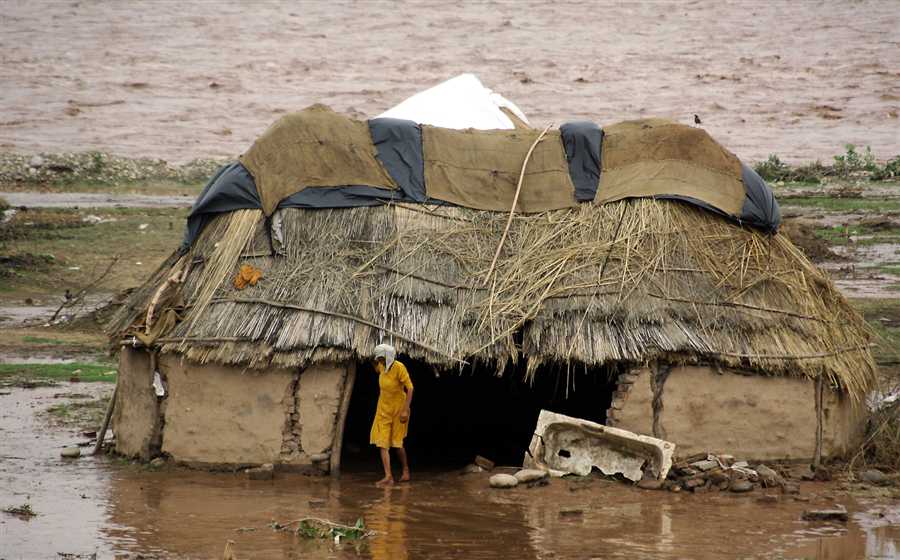FWP:
SETS == DISRUPTION
HOME: {14,9}
MADNESS: {14,3}
SOUND EFFECTS: {26,7}
For background see S. R. Faruqi's choices. For more on Ghalib's unpublished verses, see the discussion in {4,8x}. This verse is from a different, unpublished, formally identical ghazal, {338x}, and is included for comparison. On the presentation of verses from unpublished ghazals like this one along with formally identical divan ghazals, see {145,5x}.
The first line offers a strange pattern of imagery. The 'foot-between' idiom seems to be based on the idea of intervention or hindrance, as though some meddlesome person would insert himself where he wasn't wanted, the way in English we might speak of 'sticking his nose into somebody else's business'. For another example of this 'foot-between' idiom, see {91,2}; for more general discussion of such 'foot of' idioms, see {152,3}.
But of course a 'flood' is the very opposite of something with a foot: it's the least established, least enduring, least 'foot-possessing', paa))edaar , thing imaginable. And since afflictions or disasters are bodiless in any case, to desire that a 'flood of afflictions' would intrusively stick its 'foot' into one's house is to move way beyond any situation that we can even metaphorically visualize. Compare {15,15}, with its well-grounded (so to speak) 'flood of weeping'. For another example of this trick of setting up and disrupting metaphors, see {21,10}.
In fact, it's almost an insane use of imagery. Which, as we suddenly realize from the second line, is (part of) the point. Madmen would seek to make a home exactly there-- exactly where a home can't be made, and where even the description of the place sends the language into fits of incoherence.
There's also a virtual 'flood' of aa;N sounds: darmiyaa;N in the first line, then in the second line diivaanagaa;N and vaa;N and ;xaan-maa;N . They work together with jaa , paa , and balaa , and with the two occurrences of nahii;N , to create a remarkably resonant and recitation-inviting verse.

Asi:
Madmen don't at all live, and don't make their homes, where there would be no passage for a flood. That is, in their nature is the quality of seeking out trouble/suffering.
== Asi, p. 165